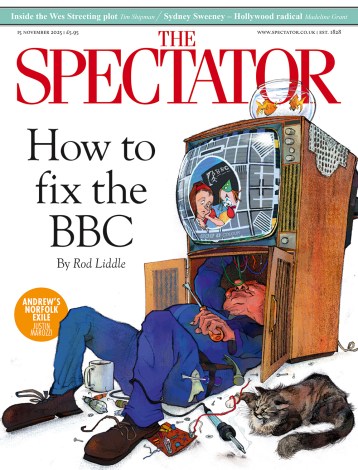Last summer Kim Kardashian, who already had a daughter called North (surname West), announced that she was expecting a boy. She put a photograph on Twitter of herself pouting, captioning it: ‘Pregnancy lips’. Some Twitter-followers asked: ‘Pregnancy lips? Is that even a thing?’
The Cambridge Advanced Learner’s Dictionary has since adopted that example as the locus classicus of the phrase Is that even a thing?, and variants such as Is that a thing? or That’s not a thing.
Professor Ben Yagoda of the University of Delaware has poked around on the internet and found, like other people, the phrase being used in 2001, in a television situation comedy called That ’70s Show. In it, Donna says: ‘You guys ought to get a mascot… a big, green, furry loser!’ In reply, Eric says: ‘That’s not even a thing.’
Thing has been very adaptable in English in its 1,200-year history. Like ‘That’s not even a thing’, one construction that is meant humorously has been with us for the past 50 years and produces sentences such as: ‘It’s a Florida thing, you wouldn’t understand.’
But at the heart of thingsomeness is the notion of an entity. (The word thingsomeness was coined by Nathaniel Fairfax in his Treatise of the Bulk and Selvedge of the World, published in 1674. Fairfax eschewed borrowings from learned languages, though I don’t find that his native neologisms make his thoughts on the nature of time and space any easier to follow.)
In its basic sense, Alfred the Great happily deployed thing in his translation of Boethius’s Consolation of Philosophy. Taking qualities such as power, glory and honour, he writes, when these things are collected together, they are all one thing, and that one thing is God: Thonne bith hit eall an thing, & thæt an thing bith God.
Our fashionable new phrase is clearly equivalent to I don’t believe there’s any such thing. When in Alice in Wonderland, the Dormouse tells a story about Elsie, Lacie, and Tillie, who lived at the bottom of a treacle well, Alice begins angrily: ‘There’s no such thing!’ In current parlance, she would have exclaimed instead: ‘A treacle well! That’s not even a thing.’





Comments